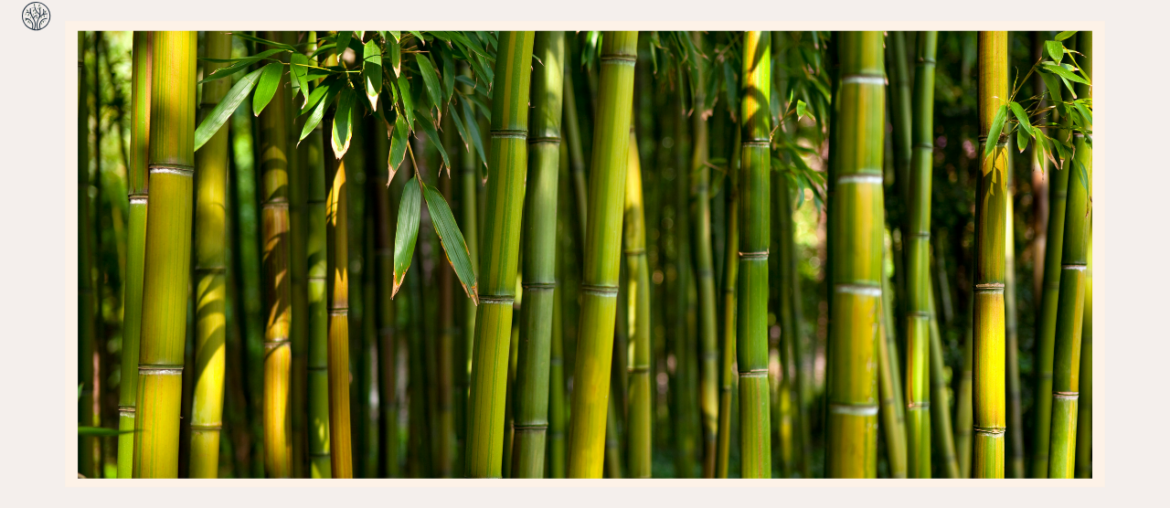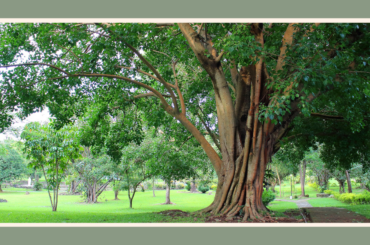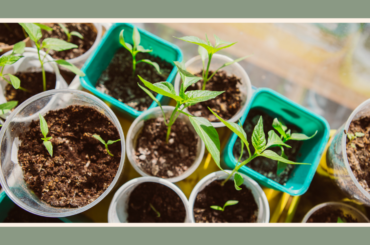Bamboo is a versatile and attractive plant that can add beauty, and privacy to your garden. But there are over 1,200 species of bamboo, ranging from dwarf varieties that are only a few inches tall to giant ones that can grow over 100 feet tall. So, how can you choose the right type of bamboo? How do you plant bamboo and take care of it?
Let’s learn how to grow your own bamboo!
Choosing the Right Type of Bamboo
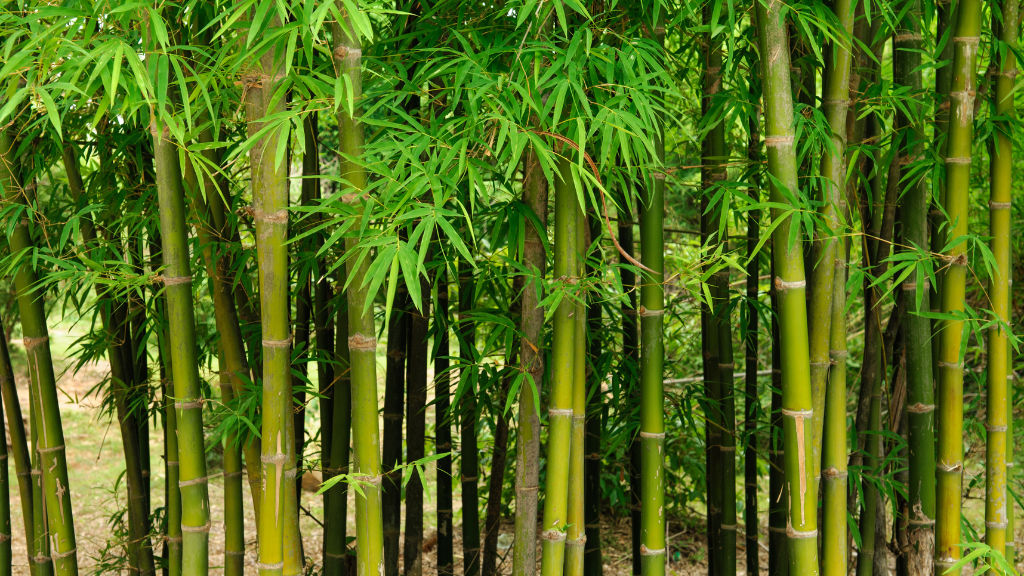
Before you plant bamboo, you need to decide what kind of bamboo you want to grow. There are over 1,200 species of bamboo in the world, but they can be divided into two main categories: clumping bamboo and running bamboo.
Clumping bamboo grows in tight clusters and does not spread much. It is easier to control and maintain than running bamboo. Clumping bamboo is usually tropical or subtropical, so it needs a warm and humid climate to thrive. Some examples of clumping bamboo are Bambusa multiplex, Fargesia dracocephala, and Borinda boliana.
Running bamboo grows by sending out long underground stems, which can spread rapidly and invade other areas. This type of bamboo is more cold-hardy than clumping bamboo and can tolerate a wider range of climates. Some examples of running bamboo are Phyllostachys nigra, Pleioblastus viridistriatus, and Bashania fargesii.
Depending on your purpose and preference, you can choose from different types of bamboo plants. Some common types are:
- Black bamboo (Phyllostachys nigra): This is a running bamboo that has black stems and green leaves. It can grow up to 40 feet tall and is suitable for creating screens or hedges.
- Chinese fountain bamboo (Fargesia nitida): This is a clumping bamboo that has arching stems and delicate leaves. It can grow up to 15 feet tall and is suitable for shady areas or indoor planting.
- Lucky bamboo (Dracaena sanderiana): This is not a true bamboo, but a related plant that resembles one. It has slender stems and small leaves that can be twisted or braided. It can grow up to 3 feet tall and is suitable for water or soil planting.
You can buy bamboo plants from various sources, such as nurseries, online shops, or even local growers.
Planting Bamboo
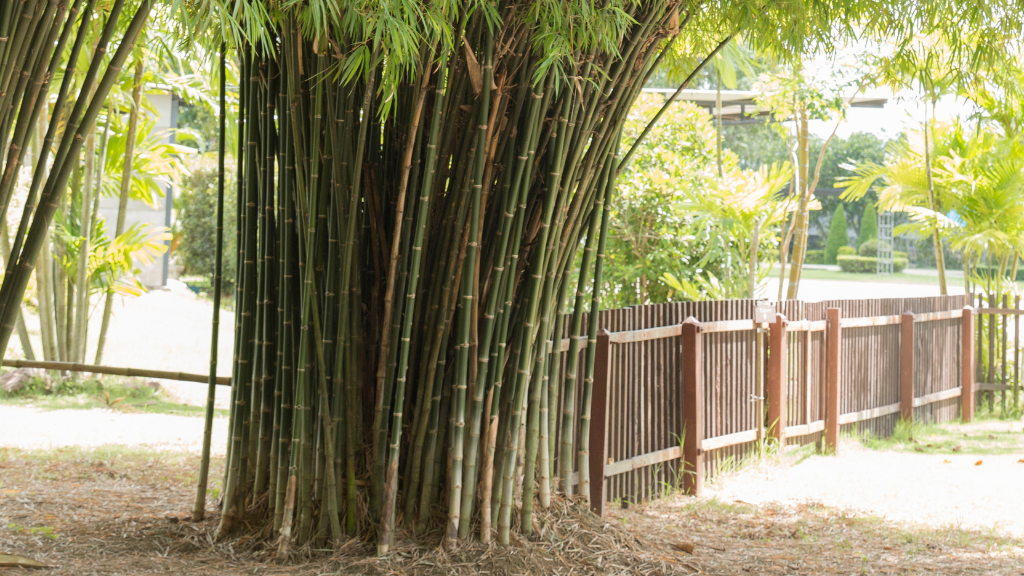
Once you have chosen and bought your bamboo plants, it’s time to plant them in your garden.
Step 1: Prepare the planting site
The right way to prepare the plant site is to choose a spot in your garden that has enough space for your bamboo plants to grow. Bamboo plants can grow from 6 inches to over 100 feet tall, depending on the species and variety. Make sure you know how big your bamboo plants will get before you plant them.
The spot should also have the right amount of sunlight for your bamboo plants. Most bamboo plants prefer bright but indirect sunlight, but some can tolerate full sun or partial shade. Check the light requirements of your specific type of bamboo before you plant it.
The spot should also have well-drained soil that is rich in organic matter. You can improve the soil by adding compost or manure before planting. Bamboo plants like moist but not soggy soil, so avoid areas that are prone to flooding or waterlogging.
If you are planting running bamboo, you need to install a barrier around the planting site to prevent the rhizomes from spreading. The barrier should be at least 2 feet deep and extend a few inches above the ground level.
Step 2: Dig the planting holes
Dig the planting holes as deep as the root ball of your bamboo plants, and twice as wide. Space the holes according to the size and growth rate of your bamboo plants. Clumping bamboo can be planted 3 to 5 feet apart while running bamboo can be planted 5 to 10 feet apart.
Step 3: Plant the bamboo plants
Carefully remove the bamboo plants from their pots or containers, and loosen the roots gently. Place the plants in the holes, making sure the top of the root ball is level with or slightly above the ground level. Fill in the holes with soil, and tamp it down firmly. Water the plants thoroughly, and mulch around them to retain moisture and prevent weeds.
Taking Care of Bamboo Plants
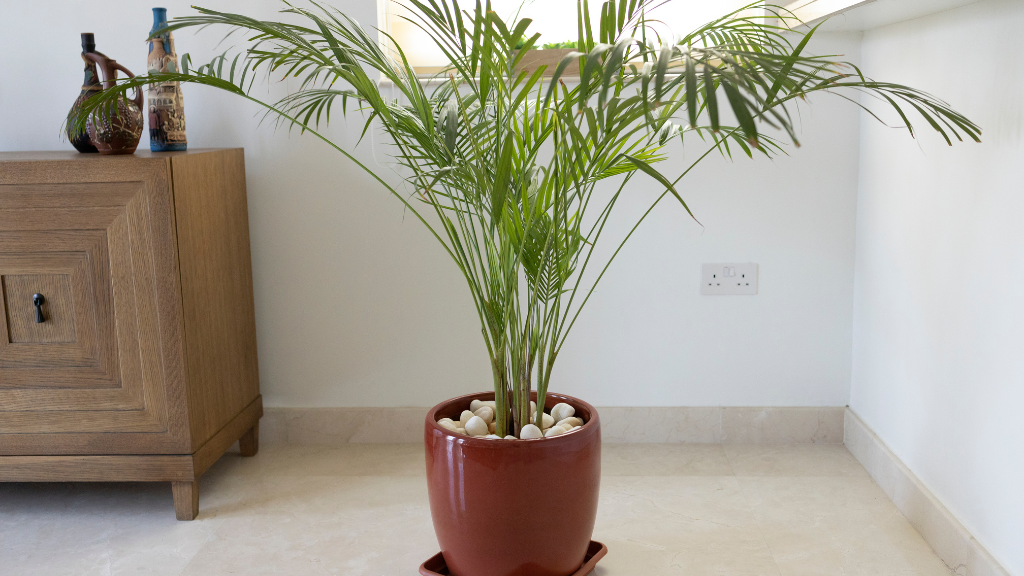
Bamboo plants are relatively easy to care for, as long as you provide them with the right conditions and maintenance. Here are some tips on how to take care of bamboo plants:
1. Watering
Water your bamboo plants regularly, especially during the first year of planting. Bamboo plants need about 1 inch of water per week, either from rainfall or manual watering. Water your bamboo plants deeply and thoroughly, until the soil is saturated. Avoid overwatering or underwatering your bamboo plants, as this can cause stress and damage.
2. Fertilizing
Fertilize your bamboo plants once a month during the growing season, from spring to fall. I recommend using a balanced fertilizer that has equal amounts of nitrogen, phosphorus, and potassium, such as a 10-10-10 formula. Just follow the instructions on the label for the amount and frequency of application. You can also use organic compost or manure as a natural fertilizer for your bamboo plants.
3. Pruning
Prune your bamboo plants as needed to control their size and shape, and to remove any dead or damaged parts. You can prune your bamboo plants any time of the year, but it is best to do it in late winter or early spring before new growth emerges.
4. Controlling
If you have running bamboo, you need to control its spread and prevent it from becoming invasive. You can do this by installing a barrier around the planting site, as mentioned earlier. If there are any unwanted rhizomes that emerge outside the barrier, you can cut them off using a spade or a hoe. You can also dig up and remove any unwanted clumps of running bamboo, just make sure that you get all the roots and rhizomes.
Repoting a Bamboo Plant
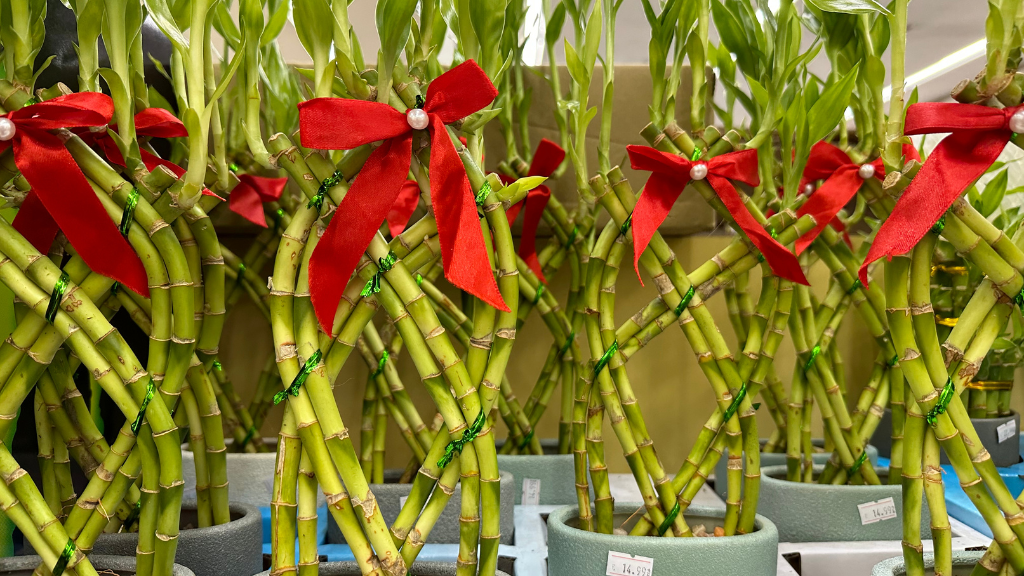
If you have a bamboo plant in a pot or container, you may need to repot it every few years to give it more room to grow and prevent it from becoming root-bound.
Step 1: Prepare the new pot
Choose a new pot that is at least twice as big as the old one, and has drainage holes at the bottom. Fill it with well-draining potting soil that is rich in organic matter. You can use a standard potting mix, or make your own by mixing one-third loam, one-third perlite or sand, and one-third peat moss or compost.
Step 2: Remove the bamboo plant from the old pot
Water your bamboo plant thoroughly one day before repotting it. This will make it easier to remove it from the old pot. Turn the pot upside down and gently tap it until the plant slides out. If it is stuck, use a knife or a trowel to loosen the soil around the edges.
Step 3: Trim and divide the root ball
Examine the root ball of your bamboo plant and look for any signs of rot or disease. Cut off any brown or mushy roots with a sharp knife or scissors. If your bamboo plant is too big or has multiple stems or culms, you can divide it into smaller sections. Cut through the root ball with a knife or a saw, making sure each section has at least one stem and some healthy roots.
Step 4: Plant the bamboo plant in the new pot
Place the bamboo plant or section in the new pot, making sure the top of the root ball is level with or slightly above the soil surface. Fill in any gaps with more soil, and press it down firmly. Water the plant well, and mulch around it to retain moisture.
Frequently asked question
How to Water a Bamboo Plant?
Watering a bamboo plant is one of the most important aspects of its care. Bamboo plants need consistent moisture to thrive, but they also need good drainage to avoid root rot. Here are some tips on how to water a bamboo plant:
- Check the soil moisture regularly by inserting your finger into the soil up to the second knuckle. If the soil feels dry, water your bamboo plant until the water drains out of the bottom of the pot or the ground. If the soil feels moist, wait until it dries slightly before watering again.
- Adjust your watering schedule according to the weather and the climate of your area. You should water your bamboo more dry seasons, and less during the humid seasons.
- Water your bamboo plant evenly and thoroughly. Make sure you cover all the roots and soil when watering. Avoid watering only one side or spot of the plant, as this can cause uneven growth and nutrient distribution.
- Water your bamboo plant gently and slowly. Avoid using a strong jet or spray of water, as this can erode the soil and damage the stems and leaves.
How to Cut Bamboo Plants to Regrow?
Bamboo plants are very resilient and can regrow from cuttings or divisions. This is a great way to propagate new plants or rejuvenate old ones. Here are some tips on how to cut bamboo plants to regrow:
- Choose healthy and mature stems or culms to cut. They should be at least one year old, green, and firm. Avoid cutting young or weak stems, as they may not survive or root well.
- Cut the stems or culms at an angle, just above a node or a branch. Use sharp and clean tools, such as pruners, loppers, or saws, to make clean cuts. You can cut the stems or culms into shorter sections, each with at least one node and some leaves.
- Place the cuttings in a container filled with water, making sure the nodes are submerged. Change the water every few days to keep it fresh and prevent rotting. You can also add some rooting hormone or honey to the water to speed up the rooting process.
- Keep the container in a bright but indirect light location, away from direct sun or heat sources.
- Misting the cuttings regularly or covering them with a plastic bag.
- Wait for roots to develop from the nodes, which may take from a few weeks to a few months, depending on the type of bamboo and the conditions. You can check for roots by gently pulling on the cuttings. If they resist, they have rooted.
- Transplant the rooted cuttings into pots or containers filled with well-draining potting soil. Water them well, and place them in a bright but indirect light location. Gradually acclimate them to more sun and outdoor conditions.
How to Save Bamboo Plant When It Turns Yellow?
There are many reasons why your bamboo turns yellow such as overwatering, underwatering, nutrient deficiency, pest infestation, disease infection, sunburn, or stress. If you notice your bamboo plant turning yellow, you need to act quickly to save it.
- Identify the cause of yellowing: This can be due to overwatering or underwatering, nutrient deficiency, pest infestation, etc.
- Treat the cause of yellowing: You can treat the cause of yellowing by adjusting your care according to the cause. For example: If your bamboo plant is overwatered, reduce your watering frequency and amount. If your bamboo plant has a nutrient deficiency, fertilize it with a balanced fertilizer that has equal amounts of nitrogen, phosphorus, and potassium,
- Monitor your bamboo plant: It may take some time for your bamboo plant to regain its health and color. Be patient and consistent with your care practices, and your bamboo plant should bounce back soon.
Conclusion
Bamboo plants are amazing plants that can add beauty and functionality to your garden. They are easy to grow and care for, as long as you choose the right type, provide the right conditions, and maintain them properly. By following this guide on how to plant bamboo, you can enjoy the benefits of these wonderful plants for years to come.

